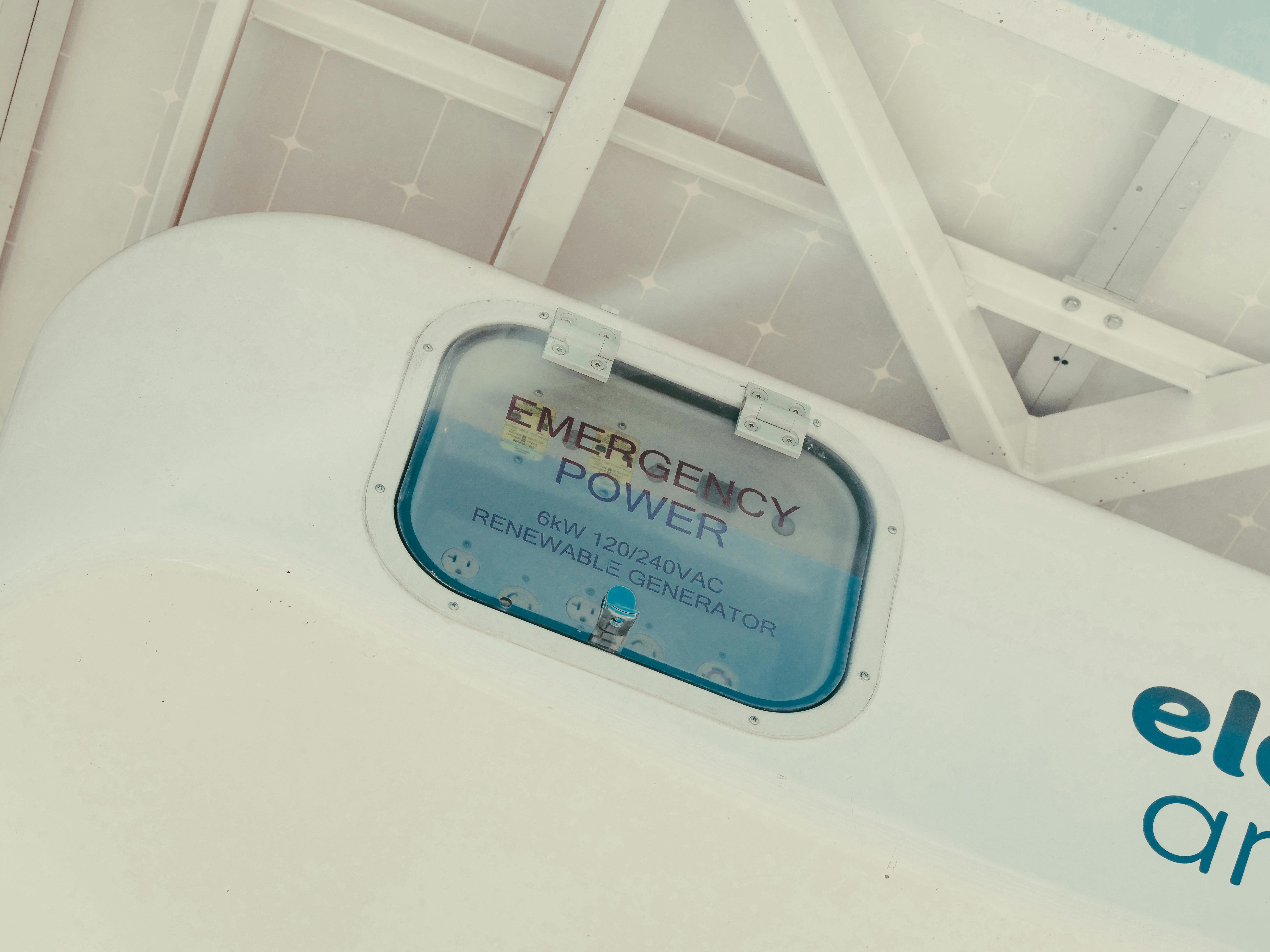Apartments Without a Deposit: An Alternative for Tenants
Finding a suitable rental apartment can be a challenge, especially when it comes to the often high security deposit. Many landlords require a deposit that can be difficult for some tenants to afford. However, there is an alternative: no-deposit apartments. In this article, you’ll learn what this concept is about, where you can find such apartments, and what advantages and disadvantages are associated with them.

Renting an apartment typically involves paying a security deposit equivalent to one or two months’ rent, which can strain budgets and delay moving plans. No-deposit apartments present a different model that eliminates or significantly reduces this upfront financial burden. Understanding how these arrangements work, where to find them, and what trade-offs they involve can help tenants make informed housing decisions.
What Are No-Deposit Apartments and How Do They Work?
No-deposit apartments operate through alternative security arrangements that protect landlords without requiring tenants to pay traditional security deposits. Instead of collecting a lump sum upfront, property owners may use deposit insurance policies, monthly fees, or surety bonds. Tenants typically pay a smaller non-refundable fee or monthly premium to a third-party insurance company, which guarantees coverage for potential damages or unpaid rent. This model shifts the financial structure from a large upfront payment to smaller, ongoing costs. The landlord remains protected against losses, while tenants preserve their cash flow for other moving expenses like furniture, utilities, and application fees.
Where Can You Find No-Deposit Apartments?
No-deposit rental options are increasingly available through various channels, though availability varies by location and market conditions. Large property management companies and corporate landlords are more likely to offer these arrangements, as they have established relationships with insurance providers. Online rental platforms often include filters for no-deposit or reduced-deposit properties, making them easier to identify during searches. Some cities with competitive rental markets have seen greater adoption of these programs as landlords seek to differentiate their properties. Local housing authorities and tenant advocacy organizations may maintain lists of participating properties in your area. Additionally, newer apartment complexes and renovated buildings sometimes promote no-deposit options as part of their marketing strategy to attract cost-conscious renters.
What Are the Advantages of Renting an Apartment Without a Deposit?
The primary benefit of no-deposit apartments is improved cash flow at move-in time. Tenants can redirect funds that would have been tied up in a deposit toward immediate needs like moving costs, new furniture, or emergency savings. This arrangement particularly benefits young professionals, recent graduates, or anyone rebuilding after financial setbacks. The application process may be faster since there are fewer funds to verify and transfer. Some programs offer more flexible approval criteria compared to traditional rentals, though credit checks still apply. Tenants avoid the common disputes that arise when landlords withhold security deposits for questionable damages. The lower barrier to entry makes it easier to relocate for job opportunities or personal reasons without accumulating multiple frozen deposits across different properties.
Cost Comparison of No-Deposit Options
While no-deposit apartments eliminate large upfront payments, they introduce alternative costs that tenants should evaluate carefully. The following table compares typical pricing structures for no-deposit arrangements offered by various providers.
| Provider/Program Type | Service Offered | Cost Estimation |
|---|---|---|
| Deposit Insurance (Rhino, TheGuarantors) | Monthly premium coverage | 5-10 USD per month or 5-8% of monthly rent |
| Surety Bond Programs | One-time non-refundable fee | 17-25% of one month’s rent annually |
| Property Management In-House | Monthly deposit alternative fee | 10-30 USD per month |
| Traditional Security Deposit | Refundable deposit held | 100% of 1-2 months’ rent upfront |
Prices, rates, or cost estimates mentioned in this article are based on the latest available information but may change over time. Independent research is advised before making financial decisions.
What Disadvantages Can Occur With No-Deposit Apartments?
No-deposit arrangements come with trade-offs that may not suit every tenant’s situation. The fees paid to insurance companies or as monthly premiums are typically non-refundable, meaning tenants never recover this money regardless of how well they maintain the property. Over a long lease term, these cumulative costs can exceed what a traditional deposit would have been, especially since deposits are usually refundable. Tenants remain financially liable for damages beyond normal wear and tear, and the insurance company may pursue collection if claims are filed. Some programs require good credit scores, limiting access for those they were intended to help. Landlords might charge slightly higher rent to offset the perceived risk of not holding deposits. Additionally, not all properties offer these options, which can limit housing choices in certain neighborhoods or price ranges.
What Alternative Security Options Are There?
Beyond no-deposit programs, several alternative security arrangements exist to reduce upfront costs. Some landlords accept installment payment plans, allowing tenants to pay deposits in two or three portions over the first few months of tenancy. Co-signers or guarantors can satisfy security requirements without cash deposits if they meet income and credit criteria. Certain properties offer reduced deposits for tenants with excellent credit scores or stable employment history. Government assistance programs in some regions help qualifying low-income renters cover security deposits through loans or grants. Renters insurance, while not replacing deposits, provides liability protection and may satisfy some landlord requirements. Negotiating directly with landlords, especially in slower rental markets, can sometimes result in reduced deposit amounts or flexible payment terms that traditional management companies cannot offer.
Conclusion
No-deposit apartments provide a viable alternative for tenants seeking to reduce upfront rental costs and improve cash flow during moves. While these arrangements eliminate large initial payments, they introduce ongoing fees that require careful evaluation against traditional deposit structures. Understanding the various programs available, their costs, and potential limitations enables renters to choose the option that best fits their financial situation and housing needs. As the rental market continues to evolve, alternative security arrangements are likely to become more common, offering greater flexibility for both landlords and tenants.




